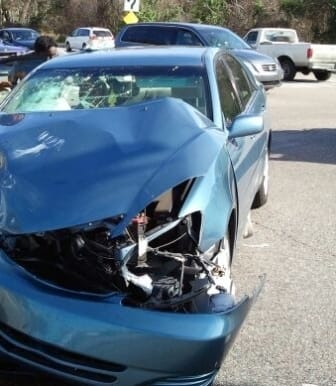If you live in Florida, you almost certainly know that Florida is described as a “No-Fault” state. However, many people do not really understand what this means and how it applies when they’re in a car accident.
In Florida, every car owner must carry Personal Injury Protection (“PIP”) insurance coverage in the minimum amount of $10,000.00. This insurance covers a driver’s or passenger’s medical bills and lost wages up to the $10,000.00 limit. PIP insurance also provides a $5,000.00 death benefit. PIP coverage is available regardless of who is at fault. If injured, the driver, and any passenger, would deal with the driver’s PIP insurer in getting their medical bills paid. Similarly, the driver of the other vehicle would have his or her medical bills paid by the PIP coverage for that other vehicle. The PIP coverage applicable to each vehicle would cover that vehicle’s driver and passengers and who caused the accident, i.e. who’s at fault, would not matter. This system is why Florida is described as a “No-Fault’ state.
PIP coverage does not cover injuries to the other vehicle’s driver or passengers–that type of coverage is called Bodily Injury (“BI”) insurance. Unlike PIP, BI is not currently mandatory in Florida. To assert a claim against the other driver’s BI coverage, the injured party must prove that the other driver was at fault and caused a permanent injury to the driver or passenger of the not-at-fault vehicle.
Under Florida’s No-Fault statute, a permanent injury includes:
(a) Significant and permanent loss of an important bodily function.
(b) Permanent injury within a reasonable degree of medical probability, other than scarring or disfigurement.
(c) Significant and permanent scarring or disfigurement.
(d) Death
So consider this example. Charlie is driving his car and another car, driven by Sam, runs a red light and collides with Charlie’s vehicle. As a result, Charlie hurts his back and Sam hurts his neck. Both seek medical treatment. Even though Charlie was not at fault, his PIP insurance pays for his medical bills up to the amount covered and similarly, Sam’s PIP pays for his medical bills. If Charlie makes a full recovery and has no permanent injury, then he cannot assert a claim against Sam for his injuries. If he did suffer a permanent injury, Charlie could assert a claim against Sam’s BI insurance–assuming he has that coverage.
Navigating the “ins and outs” of automobile insurance coverage after an accident can be tricky. A person should seek experienced legal counsel to make sure that their rights are protected.


